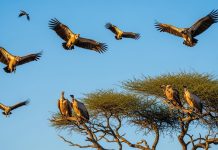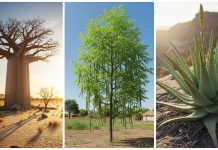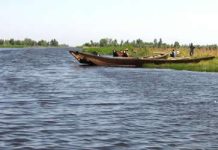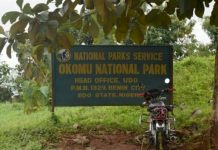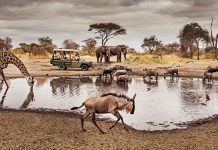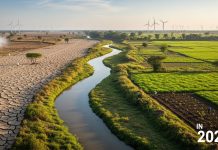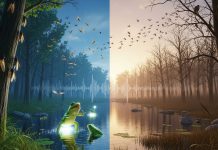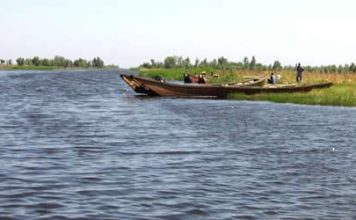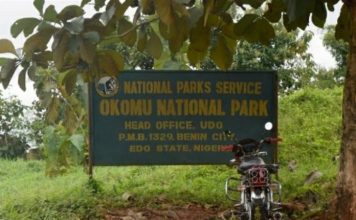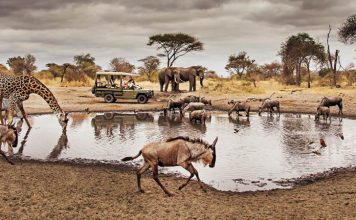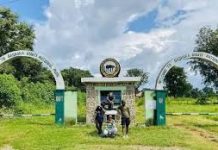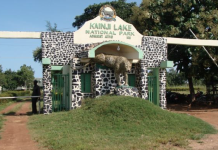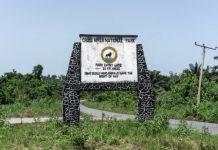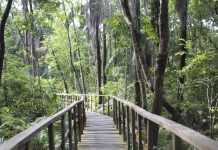Yankari National Park
Yankari Game Reserve, located in Bauchi State, northeastern Nigeria, is one of the most popular wildlife parks in the country, covering approximately 2,244 square...
Old Oyo National Park
Old Oyo was one of the significant pre-colonial empires in Nigeria, and this historical park makes Nigeria one of the most attractive countries for...
Gashaka-Gumti National Park
Gashaka-Gumti National Park, Nigeria’s largest national park, is situated in the northeastern part of the country, adjacent to Cameroon and the Mambilla Plateau. Covering...
Kainji Lake National Park
Kainji National Park, one of Nigeria's most famous national parks, is situated in Niger State and Kwara State. Established in 1978, it spans approximately...
The role of indigenous Nigerian communities in conservation
Nigeria remains an example of how traditional beliefs can be used to preserve wildlife in alignment with the nation's cultural values. This unique combination...
Cross River National Park
Positioned on the edge of Cross River National Park, visitors are immediately surrounded by a harmonious display of natural beauty. Located in Cross River...
One park at a time
Welcome, passionate adventurers and nature lovers, to a thrilling new series that guarantees to lead you on an enchanting expedition through the treasures of...
What you should know about the Landmark vs Lagos Calabar Coastal Highway saga
Recently, Nigeria has seen a heated battle between development goals and current infrastructure, highlighted by the Landmark Beach Resort versus Lagos-Calabar Coastal Highway issue....
Nigeria’s Ecotourism Potential: Preserving Nature, Cultures, and Communities
Nigeria is renowned for its vibrant cultures, diverse ecosystems, and rich history, making it an ideal location for ecotourism enthusiasts. Ecotourism, a sustainable form...
Sightseeing train in Japan runs on ramen soup
The whimsical bright pink colored train in the town of Takachiho, in Miyazaki prefecture, Japan is powered by biofuel made from ramen soup.
The train...


